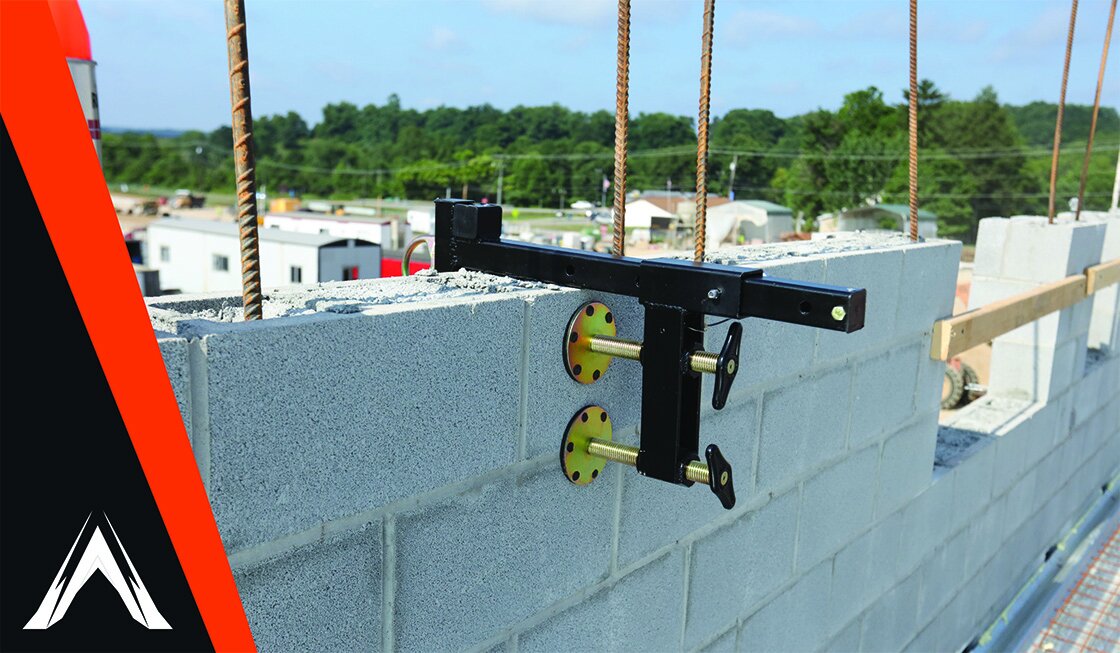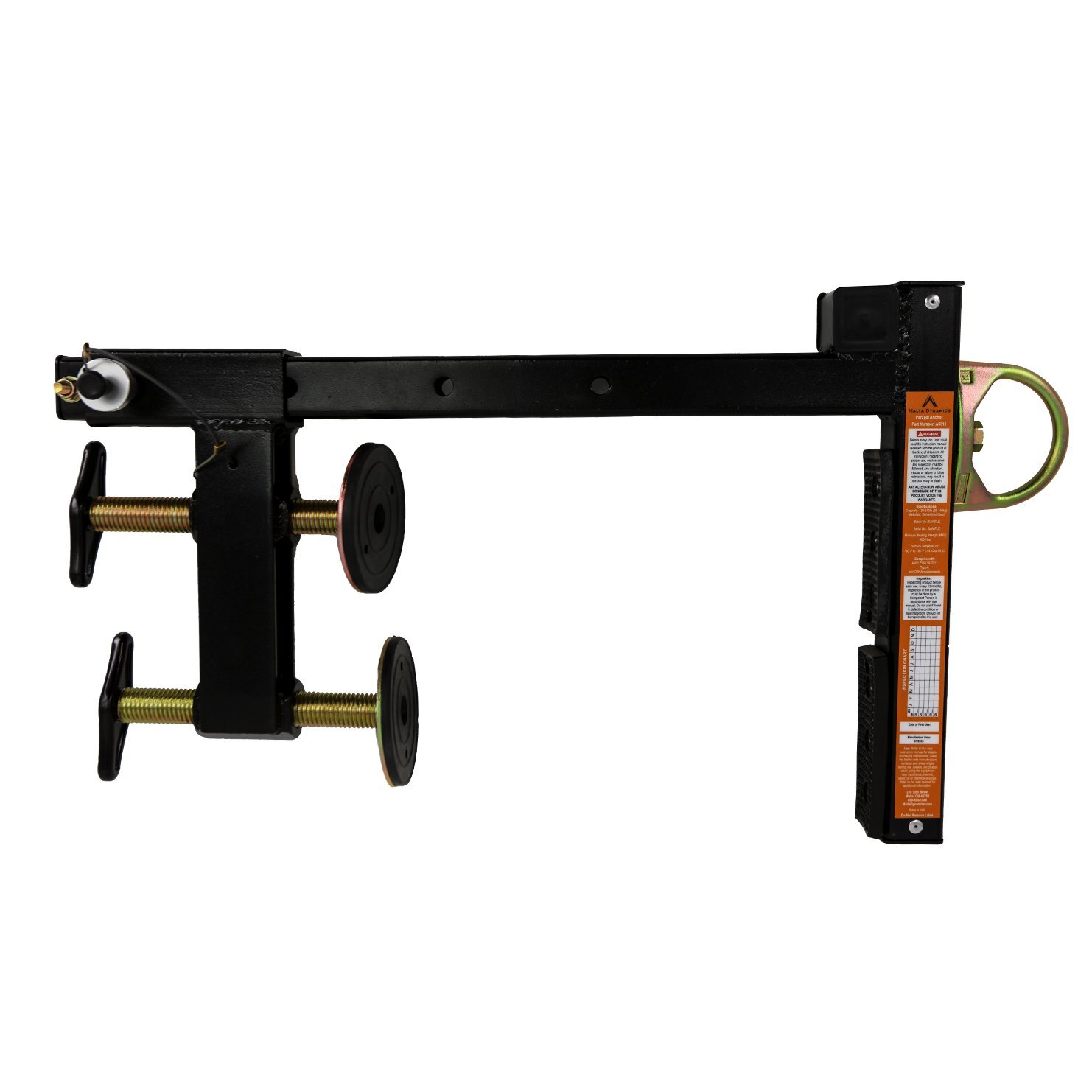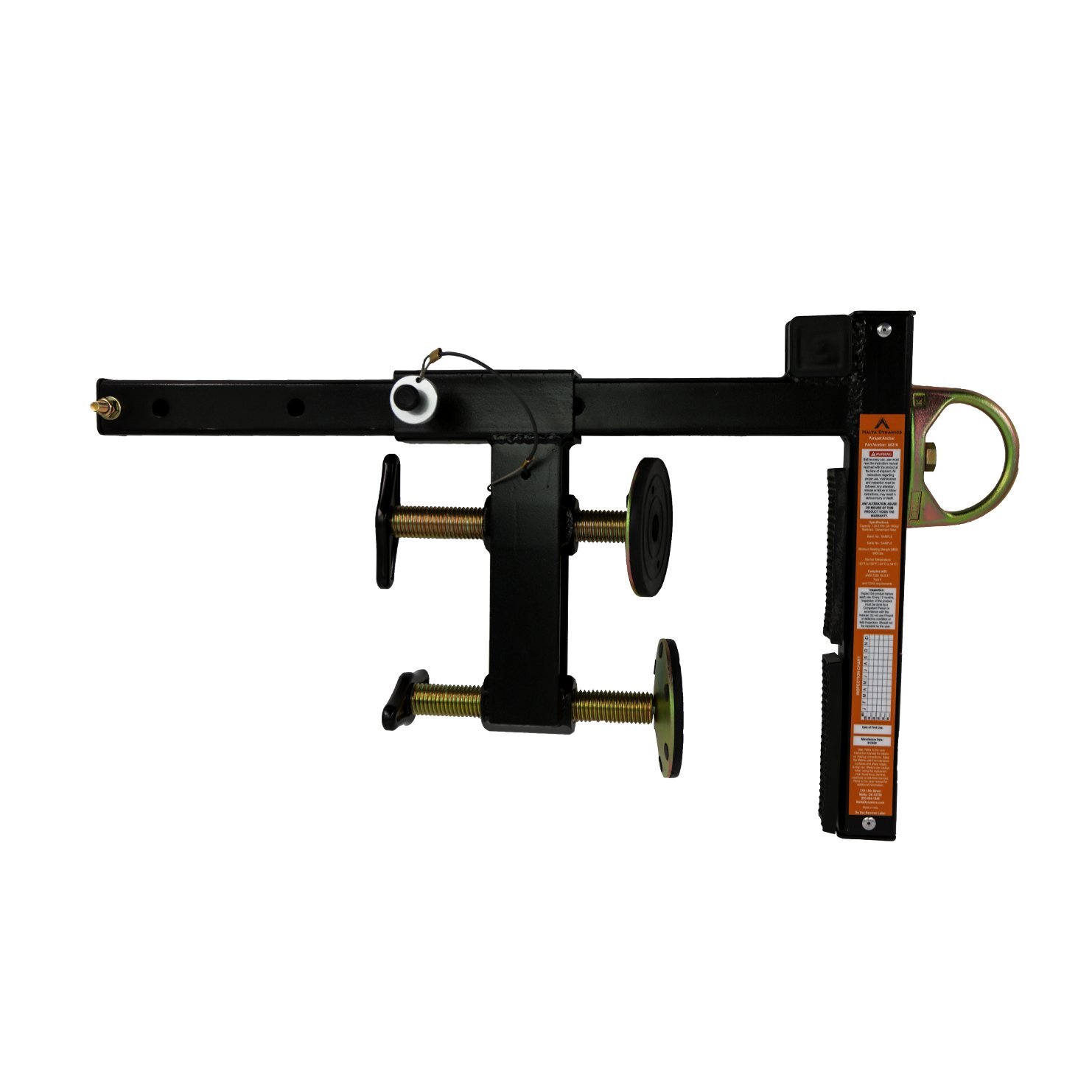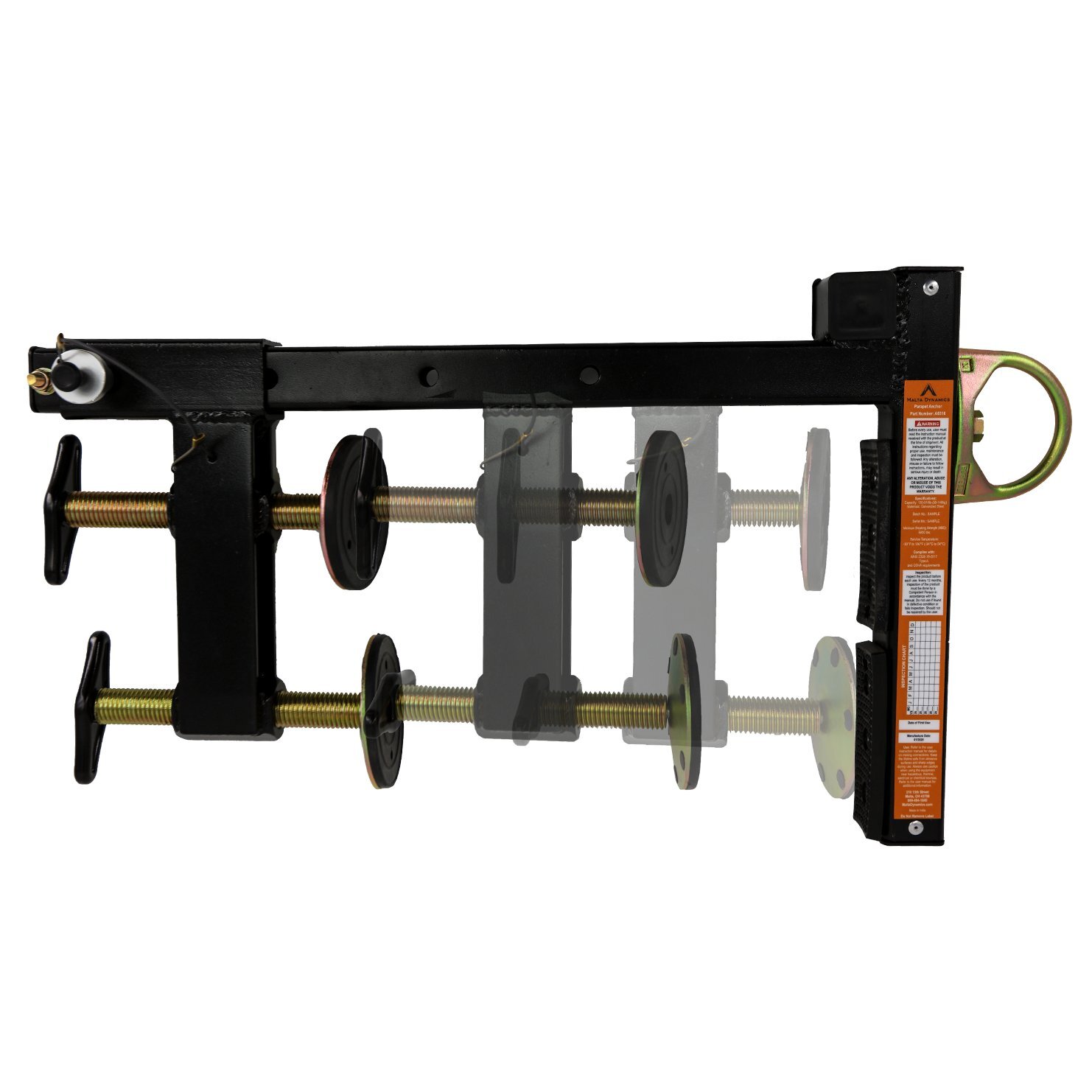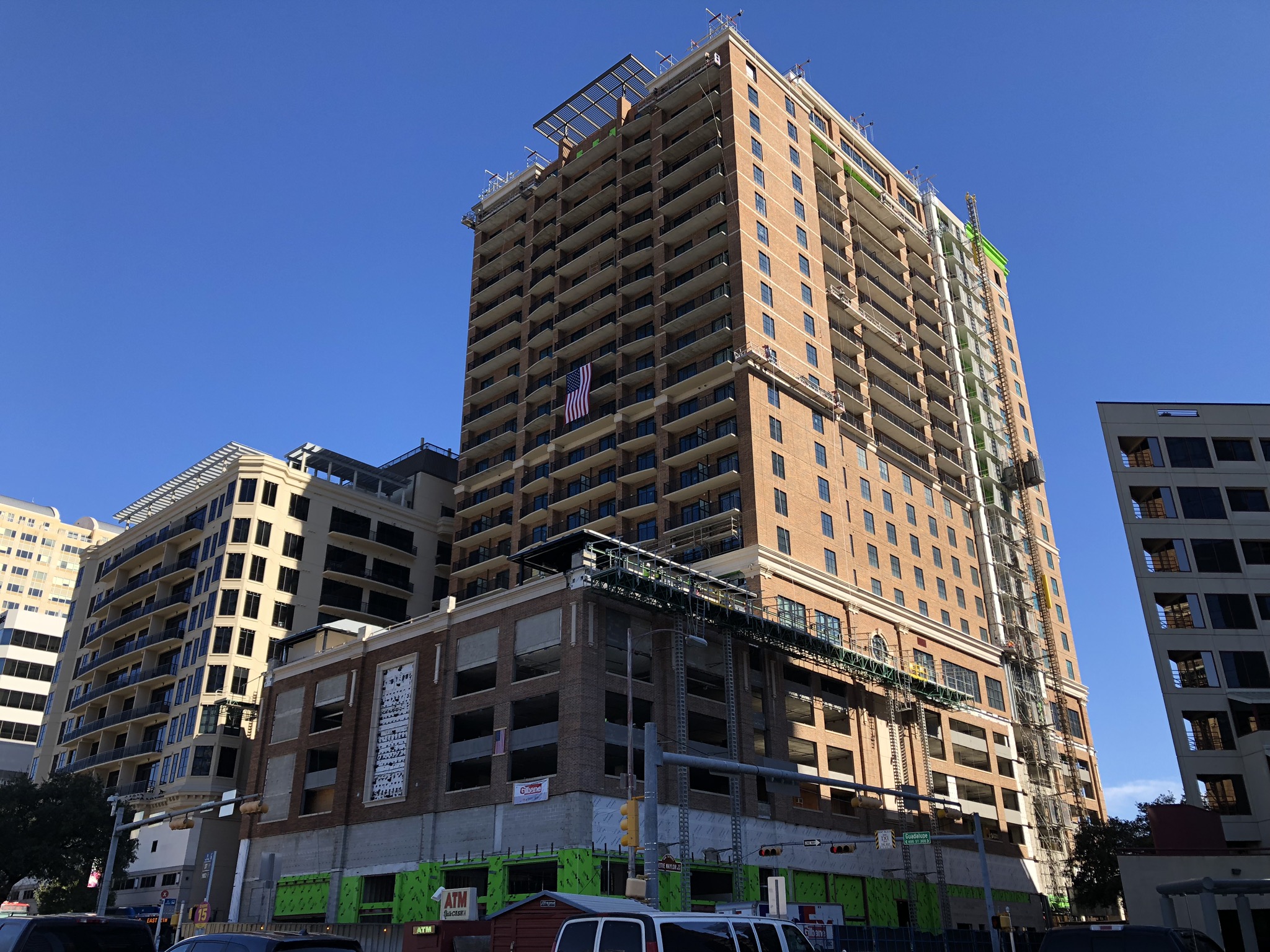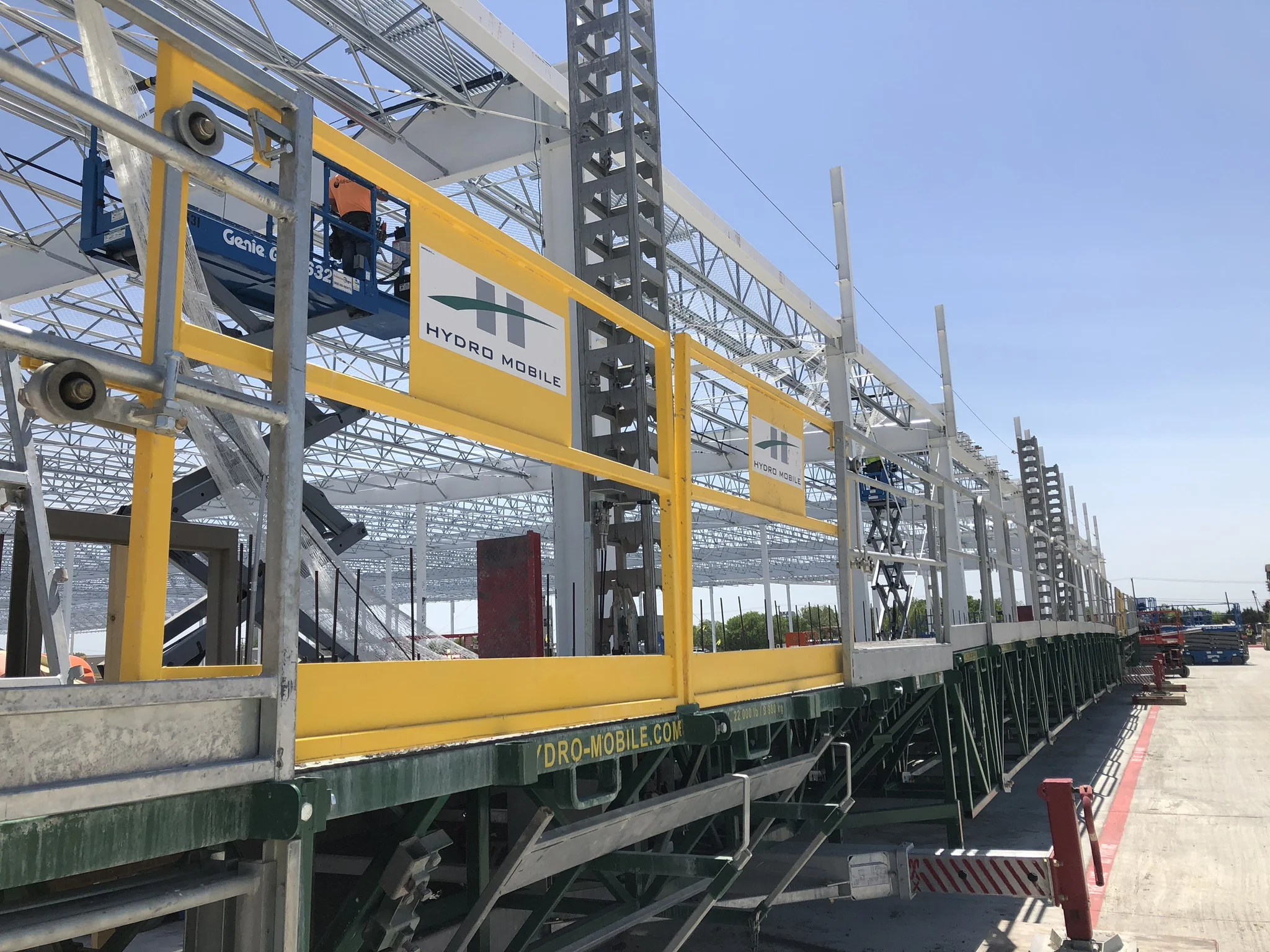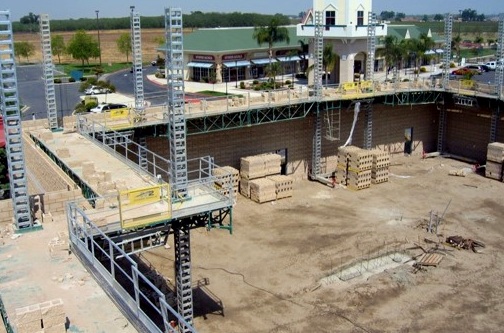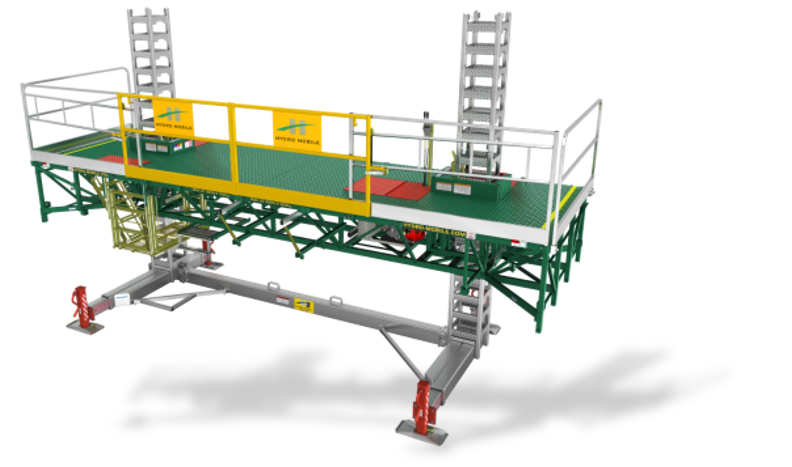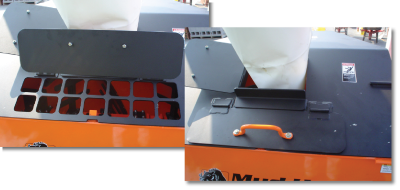An Important Update On Silica
We have learned that OSHA will be releasing approximately 300 questions and answers regarding the silica rule. They are clarifications to the rule and will help contractors understand the rule better. Below is a quick summary from the CISC attorney giving you a summary about the questions. The MCAA worked in conjunction with the coalition on these questions. You will find several questions specific to masonry installation and we are confident that you will find the clarifications helpful.
We want to remind you that if you have an OSHA inspection and silica is brought up, discussed or you receive a citation for silica, we would like to hear about it. We are tracking the enforcement side of silica across all the trades and where we see issues or interpretation discrepancies, we will be asking OSHA for clarification and explanation and if warranted a discharge of a potential citation if it was done in error. Communication will be key as we see the enforcement of this newer rule likely pick up in the months ahead.
Jeff Buczkiewicz, President, MCAA
OSHA's Respirable Crystalline Silica Standard For Construction
Frequently Asked Questions
The Occupational Safety and Health Administration (“OSHA”) has just released a set of 53 Frequently Asked Questions (“FAQs”) to provide guidance to employers and employees regarding OSHA’s respirable crystalline silica standard for construction. Through the Construction Industry Safety Coalition (“CISC”), Mason Contractors Association of America was involved in the formulation of these FAQs.
The development of the FAQs stemmed from litigation filed against OSHA by numerous construction industry trade associations challenging the legality of OSHA’s rule. OSHA has also agreed to issue a Request for Information (“RFI”) on Table 1 to revise the Table to improve its utility. Mason Contractors Association of America will continue to look for ways to work with OSHA to improve the workability of this significant rule.
The FAQs are extensive and organized by topic. A short introductory paragraph is included for each group of questions and answers to provide background information about the underlying regulatory requirements. While employers are encouraged to review all of the FAQs, the following are some of the clarifications provided in the document.
Scope
The standard applies to all occupational exposures to respirable crystalline silica in construction work, except where employee exposures will remain below an Action Level (“AL”) of 25 µg/m3, calculated as an 8-hour time weighted average (“TWA”), under any foreseeable conditions. The exception is intended to ensure that the standard does not apply to employees whose work results in only minimal silica exposures.
The FAQs clarify that many common construction tasks are likely to be outside the scope of the standard because they typically generate exposures below the AL. This includes mixing small amounts of mortar; mixing small amounts of concrete; mixing bagged, silica-free drywall compound; mixing bagged exterior insulation finishing system base and finish coat; and removing concrete formwork. In addition, tasks where employees are working with silica-containing products that are, and are intended to be, handled while wet, are likely to generate exposures below the AL (examples include finishing and hand wiping block walls to remove excess wet mortar, pouring concrete, and grouting floor and wall tiles). The FAQs also state that many silica-generating tasks performed for only 15 minutes or less a day will fall outside the scope of the standard.
Table 1
The standard permits employers to select from two methods of compliance to control exposures to respirable crystalline silica: “specified exposure control methods” commonly referred to as Table 1 or “alternative exposure control methods.” Employers that follow Table 1 do not have to assess employee exposures or separately ensure compliance with the permissible exposure limit. Table 1 includes common construction tasks.
The FAQs clarify that the Table 1 requirement that employers “operate and maintain” tools “in accordance with manufacturer’s instructions to minimize dust emissions,” applies only to manufacturer instructions that are related to dust control. Other information in these instructions, including recommended respiratory protection, do not have to be followed for purposes of the standard.
For a few tasks on Table 1, respirator requirements vary based on task duration, i.e., whether the task is performed for “less than or equal to four hours/shift” or “greater than four hours/shift.” The FAQs make clear that an employer does not have to track the exact amount of time that employees are performing a job throughout a shift to be in compliance with Table 1. Rather, before a task is performed, an employer must make a good-faith judgment about whether the task will take more than four hours. If the employer anticipates that an employee will be engaged in a task for more than four hours, the employer must provide the employee, at the beginning of the shift, the respiratory protection required in the “greater than four hours/shift” column on Table 1. If, in contrast, the employer anticipates that an employee will be engaged in a task for four hours or less, the employer needs to provide respiratory protection in accordance with the “less than or equal to four hours/shift” column. Finally, the FAQs clarify that handheld powered demolition hammers with bushing tools and tile saws are covered by Table 1.
Housekeeping
The standard includes requirements related to housekeeping on construction worksites. In particular, employers must not allow dry sweeping or dry brushing “where such activity could contribute to employee exposure to respirable crystalline silica unless wet sweeping, HEPA-filtered vacuuming or other methods that minimize the likelihood of exposure are not feasible.” In addition, employers must not allow compressed air to be used to clean clothing or surfaces where such activity could contribute to employee exposure to respirable crystalline silica unless: (1) the compressed air is used in conjunction with a ventilation system that effectively captures the dust cloud created by the compressed air, or (2) no alternative method is feasible.
The FAQs clarify that if employee exposure will remain below the AL under any foreseeable conditions, the prohibition on dry sweeping, dry brushing, and the use of compressed air for cleaning clothing and surfaces does not apply. They also clarify that the prohibition on these activities only apply to housekeeping activities, not to the use of these practices to perform a work task.
Written Exposure Control Program
The standard requires employers to establish and implement a written exposure control plan that contains at least the following elements: (1) a description of the tasks in the workplace that involve exposure to silica; (2) a description of the engineering controls, work practices, and respiratory protection used to limit employee exposure to silica for each task; (3) a description of the housekeeping measures used to limit employee exposure to silica; and (4) a description of the procedures used to restrict access to work areas, when necessary, to minimize the number of employees exposed to silica and their level of exposure, including exposures generated by other employers or sole proprietors.
The FAQs clarify that the standard does not require employers to develop a new written plan for each job or worksite. It requires only that employers have a written exposure control plan applicable to each worksite. Employers may develop a single comprehensive written exposure control plan that covers all required aspects of the plan for all work activities at all worksites. The FAQs also clarify that when silica generating tasks are being performed, the standard is not intended to prohibit all employees from entering entire areas of a construction site simply because employees in those areas are performing some work involving the generation of silica. The rule calls only for minimizing the number of employees in the relevant work areas. The standard does not preclude employees from entering work areas where silica-generating tasks are occurring when it is necessary for them to do so.
Medical Surveillance
The standard requires construction employers to make medical surveillance available at no cost, and at a reasonable time and place, to any employee who is required by the silica standard to use a respirator for 30 or more days a year. An initial examination must be offered within 30 days of initial assignment, unless the employee has received a medical examination that meets the requirements of the standard within the last three years.
The employee will receive a written medical report within 30 days of each exam that includes: (1) a statement indicating the results of the medical examination; (2) any recommended limitations on the employee’s use of respirators; (3) any recommended limitations on the employee’s exposure to silica; and (4) a statement, if applicable, that the employee should be examined by a specialist. The employer must also obtain a written medical opinion within 30 days of each exam, which contains more limited information than the report to the employee. The opinion to the employer contains the date of the examination, a statement that the examination has met the requirements of the standard, and any recommended limitations on the employee’s use of respirators.
The FAQs make some important clarifications regarding medical surveillance. The silica standard does not preclude in-house health care providers from performing the required medical surveillance examinations. In addition, the standard does not preclude employers from receiving the same information that employees receive from the surveillance examination, if it is received for other purposes and through other means, such as through workers compensation records and proceedings. The FAQs also make clear that the standard requires employers to make medical surveillance available to qualifying employees, but does not require that employees participate in the surveillance.
More information and updates can be found at masoncontractors.org.

